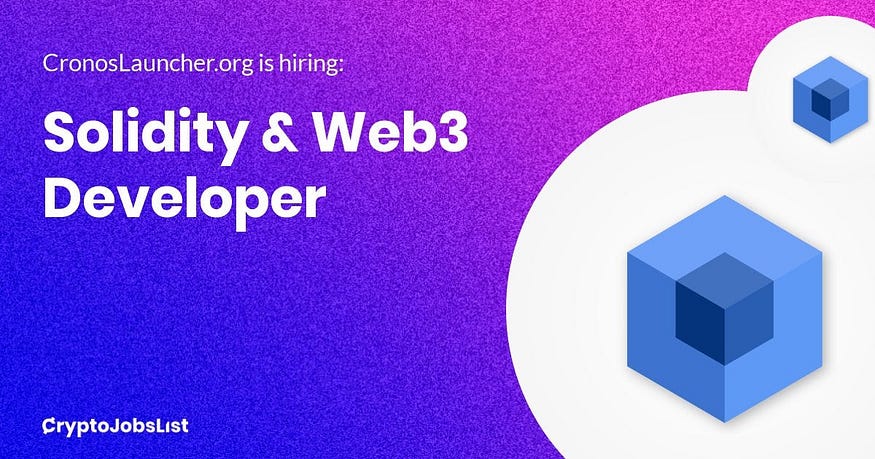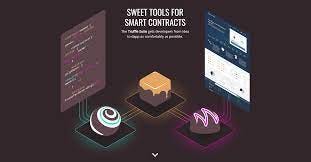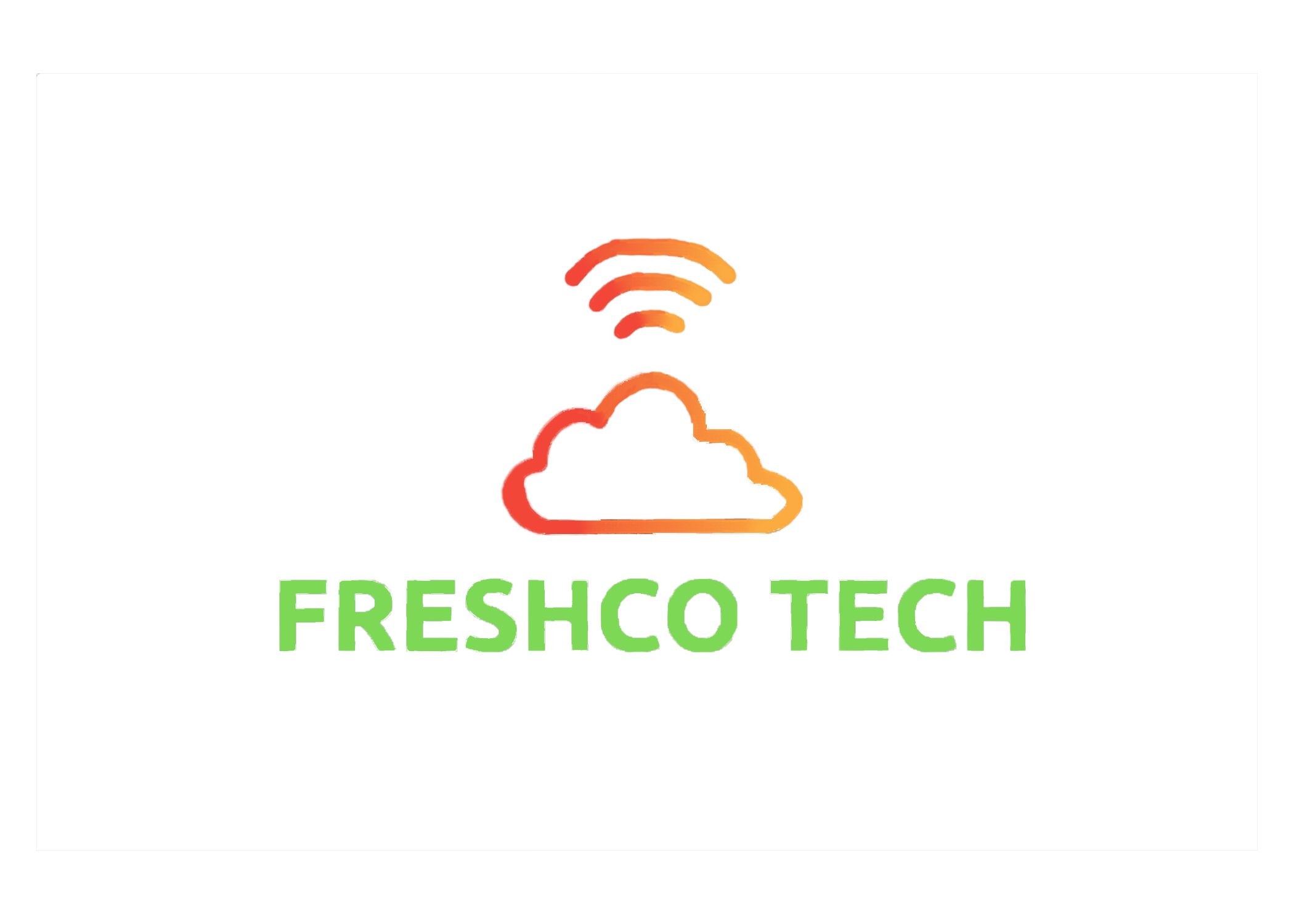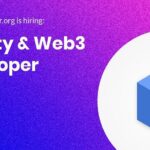Now Reading: How To Get Into Crypto? Roadmap For A Web3 Developer
-
01
How To Get Into Crypto? Roadmap For A Web3 Developer

How To Get Into Crypto? Roadmap For A Web3 Developer
The transition to Web3 is gaining steam. With the exponentially growing adoption of Crypto, the demand for developers is growing.
Blockchain development skills are some of the most in-demand skills in the tech industry. Blockchain developer jobs are paying upwards of $120k.
With Web3 being fairly new, it is difficult to find avenues into the industry because it is in its’ infancy. Unfortunately, there is no clear roadmap of how to learn blockchain.
Luckily, for you. You’ve found this article. It is a how-to become a blockchain developer roadmap.

Outline for Blockchain Development.
- Choose a Blockchain network
- Get to know how Dapps are constructed
- Learn about various development tools and libraries
- Develop a Dapp
Choose a network
People love to get caught up in the hype of how much money a cryptocurrency is worth, that’s cool and all but the price isn’t everything.
Before you decide what you need to learn, you would have to research each protocol to find your specific likes and needs.
For example, some protocols have high fees which affect users of the Dapp. Some protocols have special features like Algorand’s clawback feature, which is a control mechanism that allows you to reverse or retrieve sent crypto based on the rules in the smart contract. Some use different programming languages like Solana uses Rust, and Cardano uses Haskell Plutus.
All of those factors should play into the decision of which protocol to build on. The most popular currently is Ethereum and the Solidity programming language so I’m going to cover what you should know to become a web3 developer.
Solidity Environments
For Solidity, you would have to become familiar with local Ethereum environments. The main ones are:
Programming Languages
- Node.js
- Solidity
- JavaScript
- Typescript
- Python
- React
A Must Have

Metamask– a Web3 wallet that runs as a browser extension. Dapps utilize Metamask to authenticate exchanges on the blockchain via the clients’ approval. It is the gold standard right now in the web3 space as well as a client-side library that allows you to interact with the blockchain, like either Ethers.js or Web3.js. This is the most commonly used dev tool.
Native IDE
Remix– is a web-based IDE for composing Solidity smart contracts. Remix is great for people just starting to develop for Web3. It allows you to compile, see function buttons and perform tests all in the same place with easy-to-use graphical interfaces. I personally use VS Code now, but started out on Remix.
Development Nodes
Hardhat– Hardhat is an environment developers use to test, compile, deploy, and debug DApps based on the Ethereum blockchain. As such, it helps coders and developers to manage many of the tasks that are inherent to developing DApps and smart contracts. Along with providing developers with the proper tools to manage this process, Hardhat also helps automate some of these steps and provides developers with new, helpful functions.
Truffle– Truffle Suite is an ecosystem for DApp development, it mainly consists of three parts. These parts are Drizzle, Ganache, and Truffle. This is a well-established ecosystem utilized by a high number of developers.

Frameworks
Moralis– An all-purpose Web3 Development Platform. This one is my number one favorite and the coolest to use. They make development easy. They take a lot of the shared labor work out of the equation. No need to make your own RPC node or learn how to create a wallet from scratch they create all that for you.
Alchemy– A cool Ethereum Development Platform I found out about while participating in a Chainlink Hackathon.
The Graph– The Graph, commonly referred to as GRT, is for querying blockchain data efficiently. It can be compared to present-day Google.
OpenZeppelin SDK– The Ultimate Smart Contract Toolkit: A suite of tools to help you develop, compile, upgrade, deploy, and interact with smart contracts. This is one of the most useful tools to get started with. They have a lot of pre-written contacts and functions that make it easy for you to plug and play.
Embark –A development environment, testing framework, and other tools integrated with Ethereum, IPFS, and Whisper.
Brownie– Python-based development environment and testing framework.

Watch these YouTube channels
- Eat the Blocks– Mostly covers blockchain development on multiple protocols. Very adept at showing you how to write smart contracts in a fun and understandable way.
- Dapp University – One of my personal favorites. Discusses blockchain news and events. Also teaches people how to become blockchain developers and write smart contracts in an understandable way, with no previous experience needed.
- Ivan on Tech– Discusses the Crypto Industry and Blockchain development. Part owner of Moralis and the reason I started my blockchain development journey.
Develop a Dapp
After you learn the basics of Ethereum and Solidity, take the next step and create your own Dapp. It doesn’t have to be a large Dapp or the final goal, just something to get your hands wet. I have made major improvements to my all-around development skillset just from watching the above YouTube channels. However, before you create a Dapp, I suggest you get familiar with the terms and processes before practicing. DApp consists of a frontend, mainly JavaScript, and a backend, mostly logic code connected to the smart contract.
I suggest all developers and programmers learn Web3 today because it is only going to become a bigger industry as time passes. Like all things, Crypto and Web3, getting in early gives you the best return on time and investments. If you would like more information on Web3 development, search for the Web3 publication on Medium and hit the follow button.
- If you enjoyed this, SUBSCRIBE to my Medium for exclusive content!
- Likewise, you can also FOLLOW me on Medium
- Follow me on LinkedIn for other content

















